Much has been made out of the announcement that Google would include switching from HTTP to HTTPS in their ranking algorithm. Despite clearly stating that the factor would be lightweight in the initial announcement, the possibility of a relatively easy rankings boost drove lots of people to make the switch immediately.
In the aftermath studies from analytics groups such as SearchMetrics have suggested that any effect of switching URLs might have is largely unnoticeable. Now, Google’s John Mueller has basically admitted that the signal currently too lightweight to have any noticeable effect but that may change at some point in the future.
At 22 minutes and 21 seconds in a recent video hangout, Mueller explained that HTTPS is a ranking signal but it is only a “very lightweight signal” and there aren’t any plans to change that in the future.
Jennifer Slegg was the first to report Mueller’s statement and transcribed it:
I wouldn’t expect any visible change when you move from http to https, just from that change, just from SEO reasons. That kind of ranking effect is very small and very subtle. It’s not something where you will see a rise in rankings just from going to https
I think that in the long run, it is definitely a good idea, and we might make that factor stronger at some point, maybe years in the future, but at the moment you won’t see any magical SEO advantage from doing that.
That said, anytime you make significant changes in your site, change the site’s URLs, you are definitely going to see some fluctuations in the short term. So you’ll likely see some drop or some changes as we recrawl and reindex everything. In the long run, it will settle down to about the same place, it won’t settle down to some place that’s like a point higher or something like that.
You can see the video below:



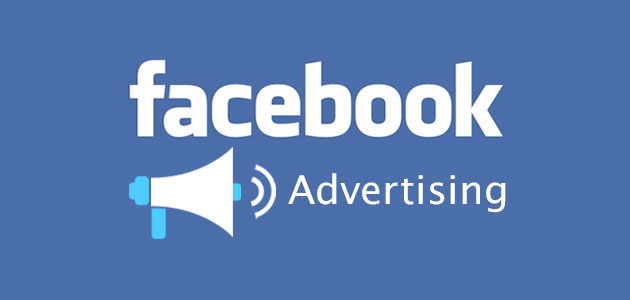
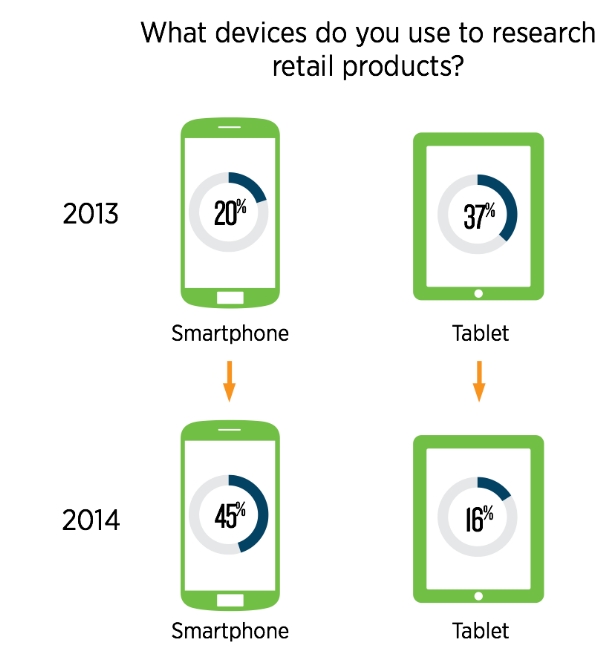
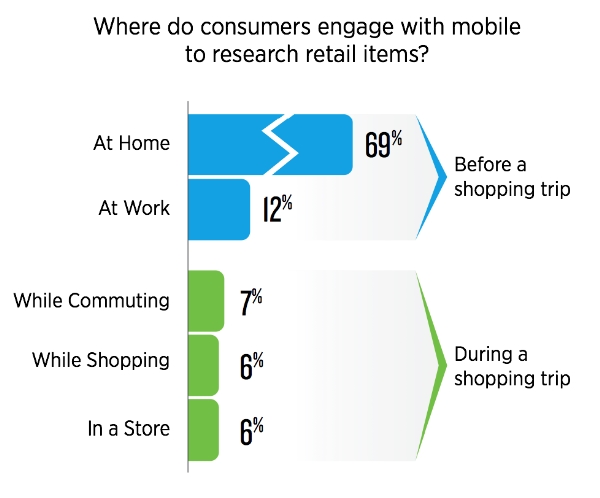
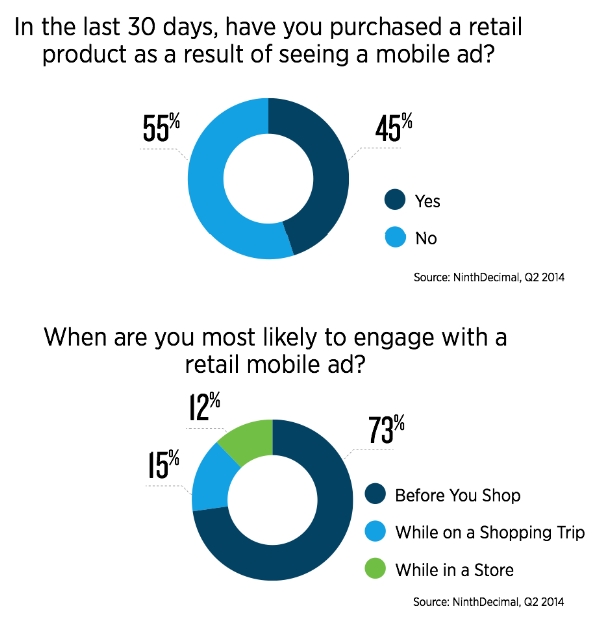


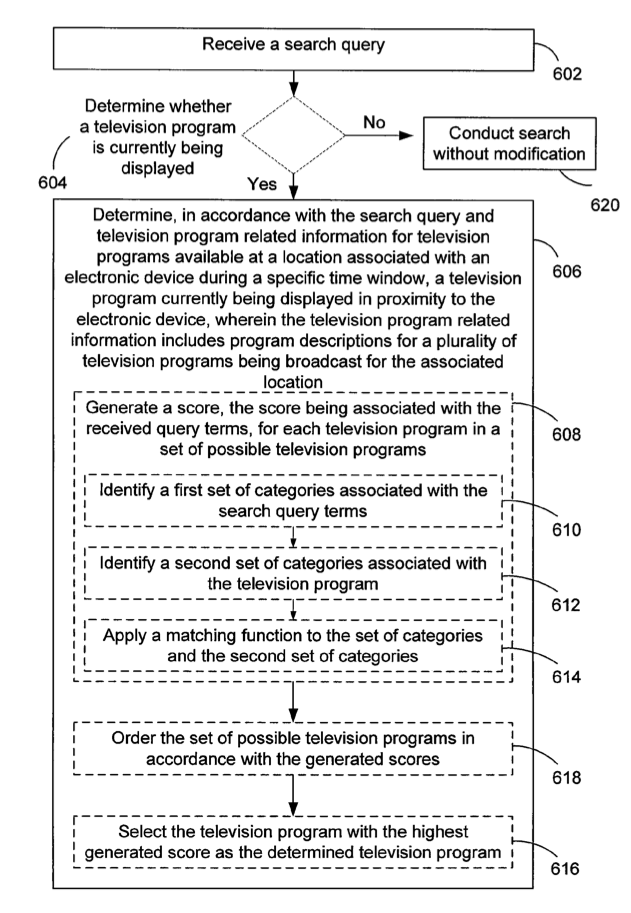
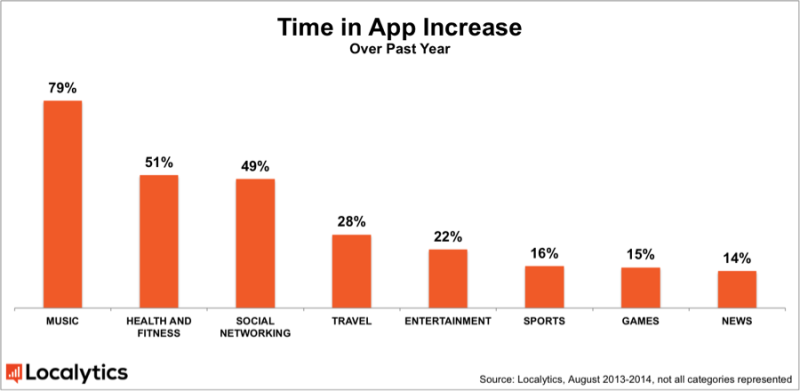
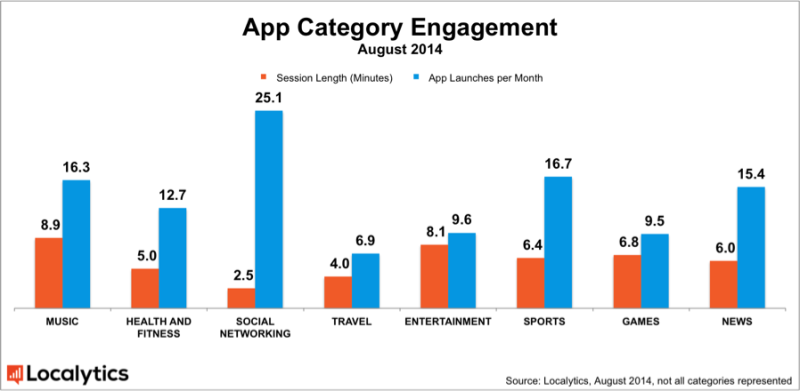
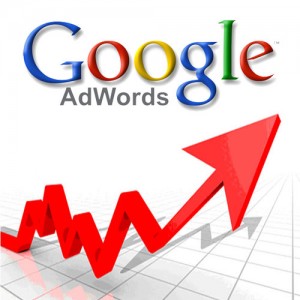 Close to a year after introducing ad extensions and formats to the AdWords Ad Rank formula, Google has announced they will be increasing their visibility as it becomes more and more clear that ad extensions improve ad performance almost universally.
Close to a year after introducing ad extensions and formats to the AdWords Ad Rank formula, Google has announced they will be increasing their visibility as it becomes more and more clear that ad extensions improve ad performance almost universally.

